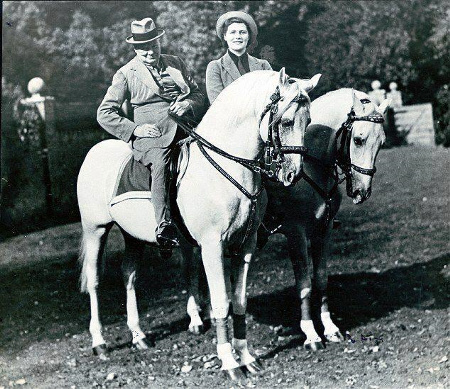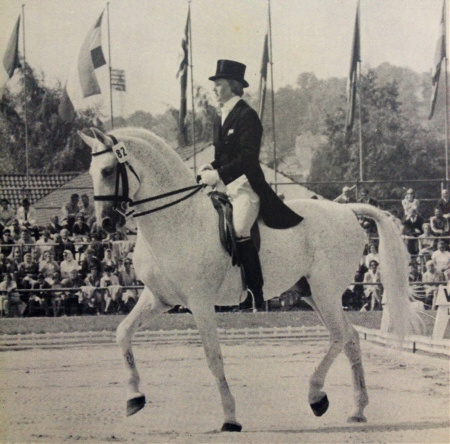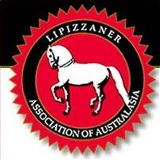Lipizzaner Association of Australasia
An intriguing quality of the Lipizzaner is their strength of character combined with the strong bond they build with their owners. To own a Lipizzaner is to have a relationship with your horse.
Breed Origin: Austrian Empire from 1580.
Name derived from the Slavic holy tree, the Linden, Lipica, Lipizza.
The recorded origins of the Lipizzaner Breed as it is known today start around 1580 at Lipizza (Lipica), which lies just north of Trieste, Italy, and is in current day Slovenia.
The Lipizzaner is a proud, noble, sensitive and intelligent horse. It is strong and well boned with a classic Baroque outline which shows curves comprising a slightly convex head, a crested, high set neck and the back curving beautifully into a rounded rump. The movement of the Lipizzaner is somewhat high stepping, rhythmic and elegant with suspension. The preferred colour is pure white although other colours are acceptable. The height varies from 143 to 162 cm.
Lipizzaners compete very successfully around the world in a diversity of events including working equitation, dressage, endurance, jumping.
The Lipizzaner has achieved fame through it's performances at the Spanish Riding School of Vienna, which remains the bastion of the most refined Classical Dressage and where the Lipizzaner is used exclusively.
It is a common misconception that the horses of the Spanish Riding School, Vienna, are Spanish horses (PRE / Andalusians), when in fact they are Lipizzaners.
Pictured below : Painting by J.V. Blaas 'Morning training, 1890's'

The Breed was developed by the Austrian Habsburg Monarchy for their own requirements in the Spanish Riding School of Vienna, also as special court mounts, cavalry and carriage horses. The Lipizzaner is the true horse of royalty. Four hundred years of selective breeding have made the Lipizzaner one of Europe’s oldest breeds of horse.

The genetic makeup of a Lipizzaner - 52% Italian & Spanish, 21% Arabian , 2% Shagya Arabian, the rest is a mix of the original Lipizzan breed, Fredrickborger, Kladruber & T Bred. The breed carries traits from its heritage that clearly dictates the rounded Baroque Phenotype & the elevated action of the Lipizzaner.
Lengthy studies completed by geneticists at the University of Vienna, using DNA and large numbers of live horse scientific studies at a number of the Primary Studs, led to the production of ‘The Copernicus Project”. Through this, it is now known precisely what makes up the Lipizzaner’s gene pool and the percentage of inbreeding. Perhaps surprisingly, the proportion is not high. These studies also noted that the Lipizzaner breed appears to be less disposed than some other predominantly white breeds to developing melanoma cancers.
The Lipizzaner Breed had stud records dating back to 1580 but sadly many early stud documents were lost in wars, fires and earthquakes. Since 1780 however, the records are clearly continuous.
The traditional colour of the Lipizzaner is grey (white coated). This was bred for the ‘Baroque Era’ for Royalty & Fashion. The breed originally came in a myriad of colours including paint & dilute colours. Traditionally the Spanish Riding School always retains a black or brown coloured horse for performances based on an old superstition that one dark coloured horse should be kept to ward off disaster.
* pictured below: Sir Winston & Lady Churchill riding their Lipizzaners

The breed has regular rigorous accreditation or classification for breeding stock which include assessment of the morphology (gaits & conformation). The enthusiastic breeders of Lipizzaner horses follow the guidelines set down by the Spanish Riding School and Federal Stud at Piber, Austria. This gives a depth and tradition to the breed that is both complex and enjoyable.
Lipizzaners were first imported into three states of Australia in the 1970's by three unrelated breeders. These horses were largely maintained as breeding stock. Lipizzaners however continue to be quite rare in Australia but their popularity is growing.
* Pictured below: Joss Hall competing on Conversano Caprice, competed at 3 Olympics, approx 1960s


